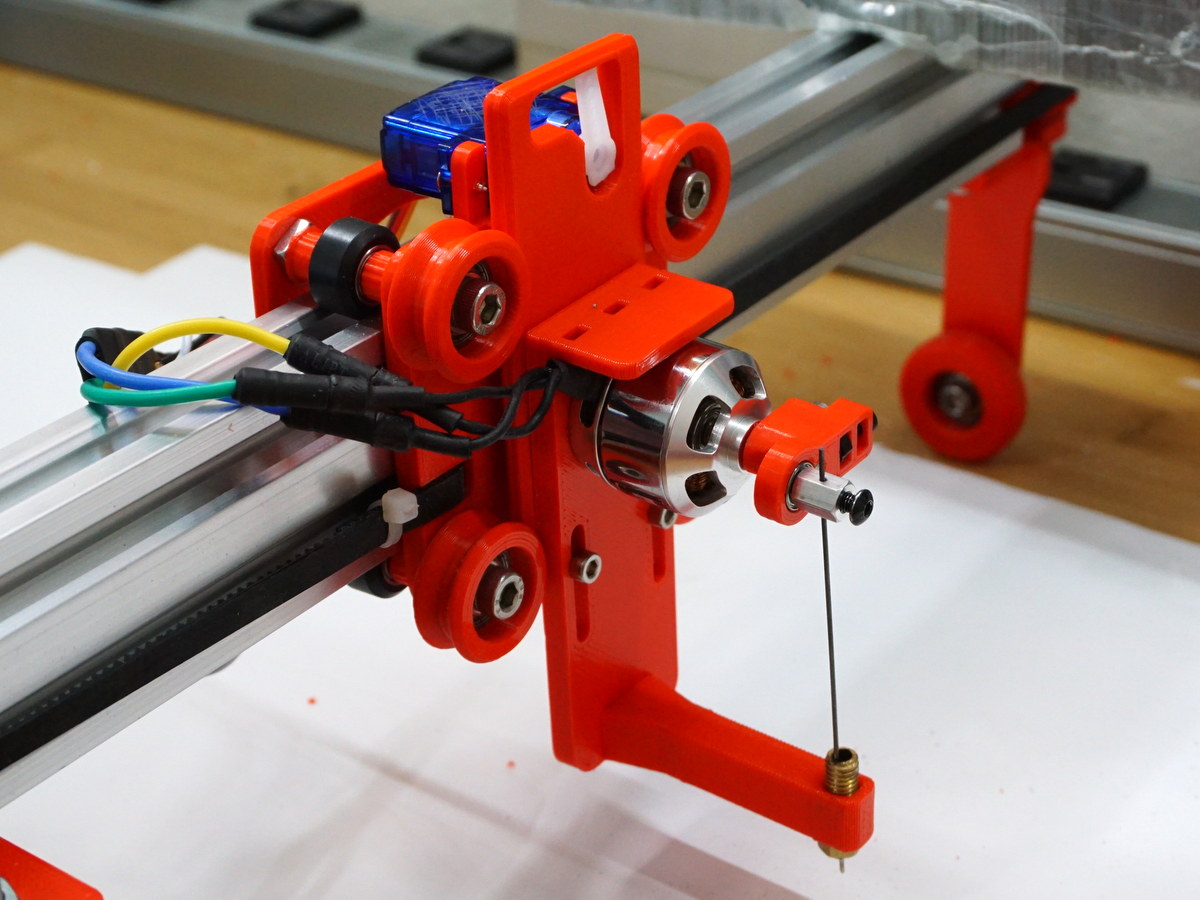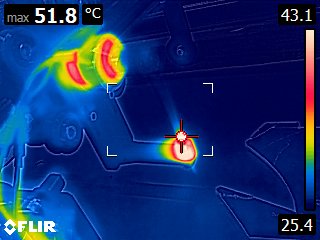Oh no, you save time
later you see! The thingiverse files I believe are the latest version, everyone is just experimenting with swapping out parts for fun or some personal improvements. Everything I am posting is because corona and I am having fun trying to take a great design and build it with just the parts I have on hand.
I have jumped from the Milling ship and onto the needle ship for the past two days. But I don't have suitable teensy bearings or washers or welding tips so this is made from
a 3D printer nozzle and the bearing is from
a quad motor so bent it wouldn't turn. This is like the 30th attempt at this flywheel in 30 hours but it works pretty well up to around 12000RPM where it starts to need better balancing. The ESC will zip tie to the top.
View attachment 165715
The bearing is 3mm x 8 x 4 and threads into an 8mm aluminum standoff from the junk drawer and the needle is held captive with the M3 screw through the 1mm hole I drilled (waggles hand) straightish. I had a nylon one on there but it was quickly getting cut into by the force of the set screw. Big shout out to
@weisssa who demonstrated the standoff mount a month ago. Very easy to just insert the wire to the right depth at the top of the stroke, finger tighten the screw, then clip the excess. The brass washer that was on the quad's motor sits between the standoff and the bearing, and there's nothing on the back but the bolt head but it does not contact the moving bearing area.
The nozzle is from my old 3D printer, it is a 3mm filament 1.0mm E3D volcano nozzle. I would have used an 0.8mm but the only wire I have is right about 0.8mm and it juuuuuust doesn't fit through the smaller nozzle. I'll get some smaller wire at some point and downsize the nozzle. The motor is placed so the needle just clears the edge of the nozzle on the left and right portion of the stroke. SCIENCE: The nozzle opening is 3.2mm and it is 21mm from top to bottom. Using
geometry (?)
trigonometry (?)
triangles (!) that means the motor shaft needs to be 3.2 / 21 = stroke / X. My fattie bearing has a 11.17mm stroke (ugh too giant) so the motor is placed at 73.30mm from the nozzle tip.
View attachment 165724
View attachment 165725
After 20 minutes of running at 8000RPM, the nozzle is the hottest thing at 52C. This whole TimSav is printed in PLA+ sooooo that will have to be replaced with something a little more heat resistant before that whole arm goes hot and flacid. The bearing mount didn't even really show up compared to the motor, but probably would be better in PETG or ABS for safety.
I wish the Arduino had a second serial port on it because it would be sweet to use a blheli_32 ESC and get RPM telemetry from the motor. I had one hooked up for testing and at 12V I get 8000RPM at 31% throttle on my 1130KV motor, pulling about 300mA, but I'm not sure I'd trust the current reading from the ESC since the power is so low compared to its 35A rating. I might grab a cheap 900ishKV motor to replace this one to get more control, however the GRBL servo control literally
only has 16 power levels / servo steps anyway.





